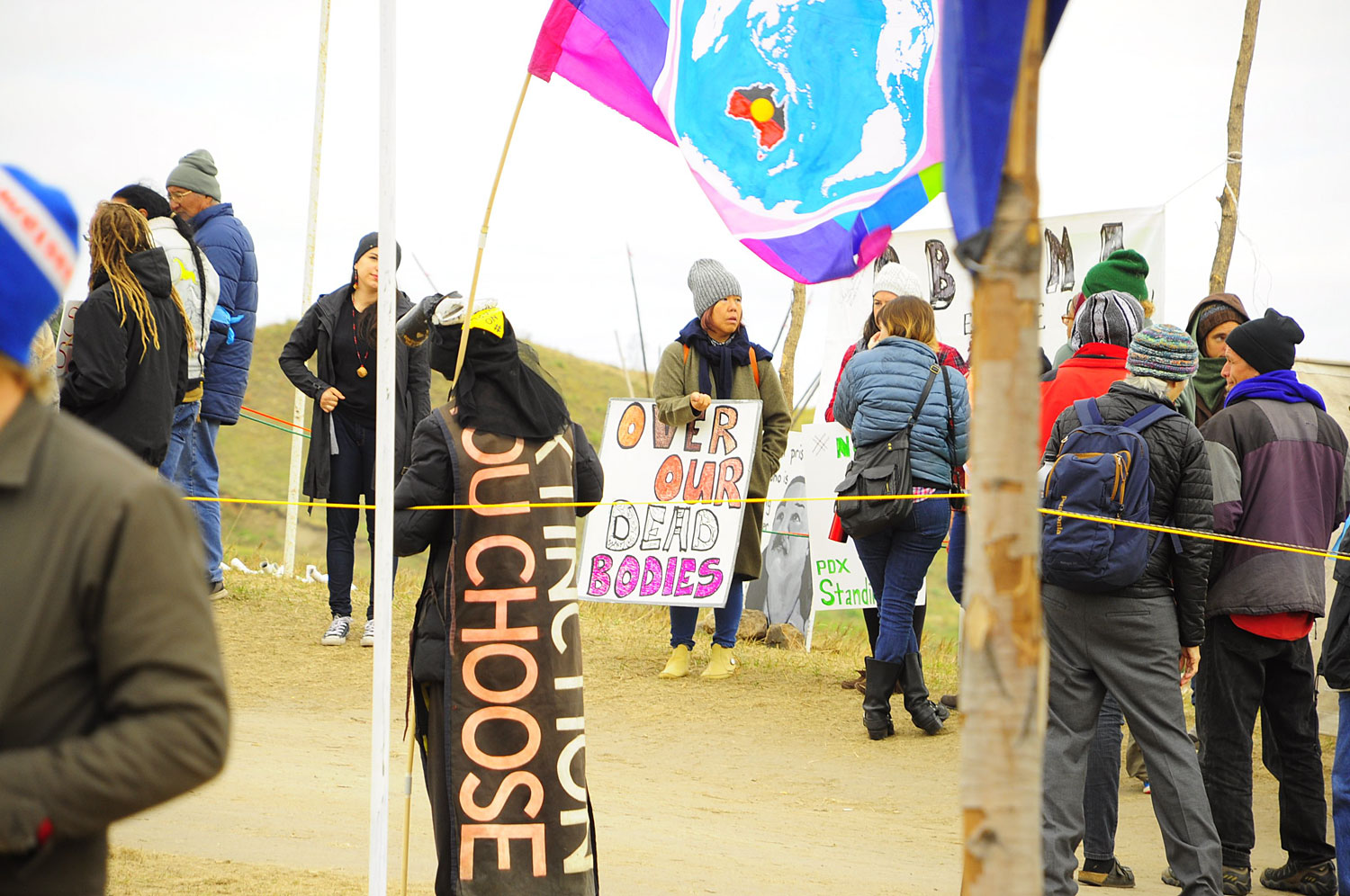Dave Archambault Sr. has a terrific column up at Native Sun News Today:
…Nothing much has changed for Indian Nations and their tribal members since Dee Brown’s book was written 46 years ago. Nothing – Until just recently! For some unexplainable reason, the book has miraculously come to life near a small Indian village in North Dakota, called Cannonball. In live and living color, just as the book revealed tragic treatment of Indian Nations in chapter after chapter, comes Tribal Nation after Tribal Nation announcing their arrival to the “Spirit Camp.” Here throngs of water and land protectors are gathering in a fight against corporate greed. Accounts of injustices and struggles in Indian country echoes throughout the camp and serves to strengthen the resolve to stop the Dakota Access Pipeline. “I want to cheer and cry I’m so happy to see the support that arrives daily and hourly,” said Chairman of Standing Rock Sioux Tribe, Dave Archambault II.
The words to describe the happening are hard to find. Never in the history of the America’s has so many Tribes come together is such a unified way. This joining is about expressing solidarity in behalf of Mother Earth and to also condemn the number one enemy of Mother Earth – Greed.
It is here beside the Cannonball and Missouri Rivers, that it appears the world is watching. It is here, that the Standing Rock Sioux have drawn the line against a history of crooked dealings and disrespect for all Native rights.


























































